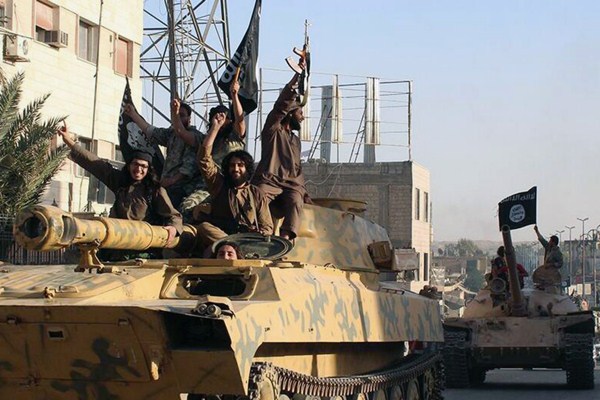Last week, Abu Bakr al-Baghdadi, the self-declared caliph of the so-called Islamic State (IS) in Iraq and Syria, was reportedly wounded or killed in a U.S. airstrike. At this point is hard to know exactly what happened. After all, one of the big disadvantages of air power when it is used against insurgents and terrorists is that it is hard to gauge the actual impact on the ground. But even if this attempt to decapitate the extremist movement failed, the United States will certainly keep trying and eventually succeed.
Given the utter barbarity of IS, no one on earth deserves to die more than Baghdadi. But American policymakers must be careful what they wish for. However appealing it is to decapitate an extremist movement like IS, it is hard to predict the result. For this reason, American strategists should be busy mapping possible outcomes of Baghdadi’s demise and designing ways to exploit it when it happens or is confirmed.
History is full of attempts to decapitate extremist movements, including a few successes. Sometimes, rather than contributing to the defeat of the insurgency, it made the extremist movement even more violent and dangerous, especially in instances where the leader exercised some restraint for strategic reasons and those below him were pure, cold-blooded killers.

